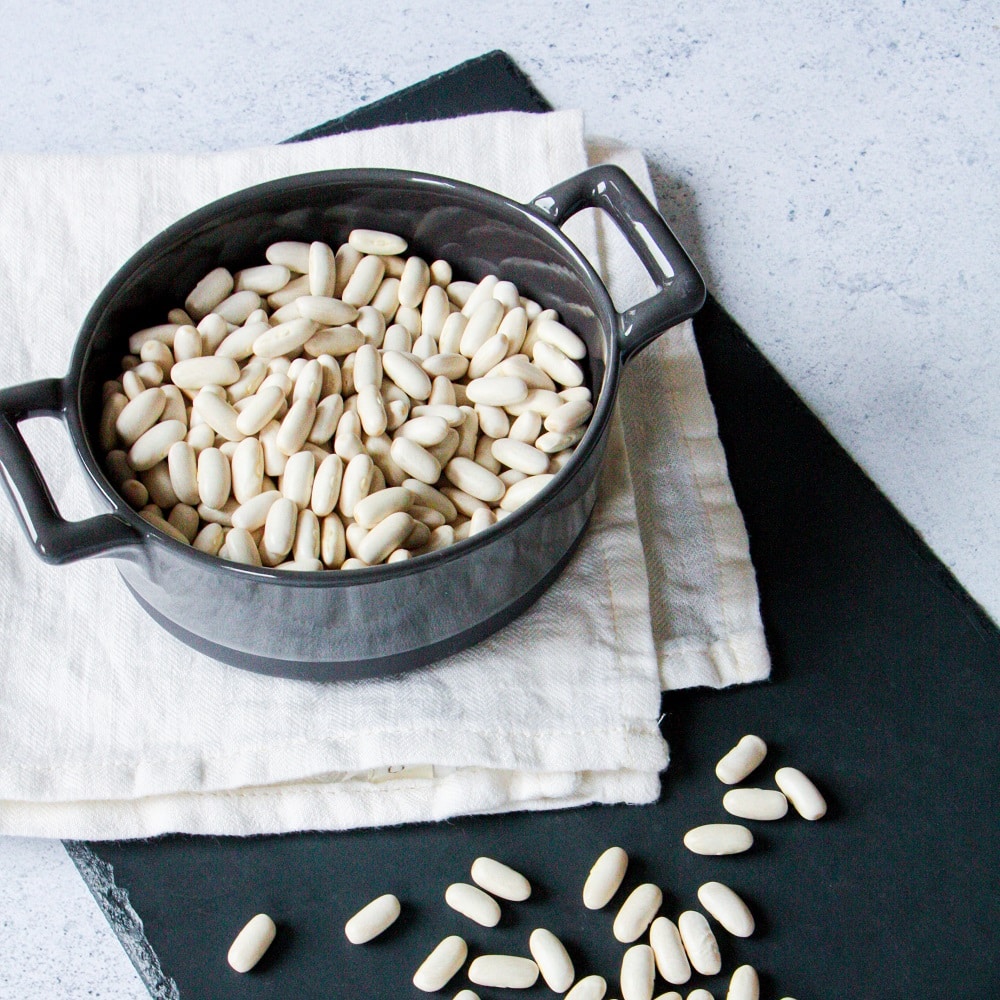The lingot du Nord, Label Rouge and IGP
Near Merville (59)
If everything that is good is rare, then the lingot du Nord is excellent. Today, only twenty or so producers grow this white bean with a Label Rouge and a Protected Geographical Indication.
The fine of beans
Of a marital white, divinely cylindrical and sixteen millimeters high, we can say that the Lingot du Nord does not lack presence. And yet, we are only talking about appearance. Let’s come to the essential : the taste.
Unlike the classic dry bean, the Lingot du Nord is distinguished by its non-starchy texture and its undeniable creaminess. It is not by chance that in 1938 the restaurant owners of Castelnaudary agreed to include it in the recipe of the famous cassoulet. Finally, a little message to the naysayers : first, because of its very thin skin, the Lingot du Nord does not need to be soaked before cooking. And secondly, you just need to put a slice of lemon in the cooking water to avoid any future problem of aerophagia.
Well-guarded lingots
The cultivation of the Northern Lingot, particularly laborious, has not changed since the second half of the 19th century. Sown in May on a clay soil that is hoed by hand during the summer to aerate the soil and eliminate weeds, this legume dries the old fashioned way. That is to say, in the open air for three weeks on parrots – a kind of wooden portico in the shape of a teepee.
Still in their pods, it is around mid-September that the Lingots du Nord are stored. They overwinter in carts under barns protected from the weather. Threshing and shelling take place in the spring, but always according to demand. This guarantees a very fresh product.





